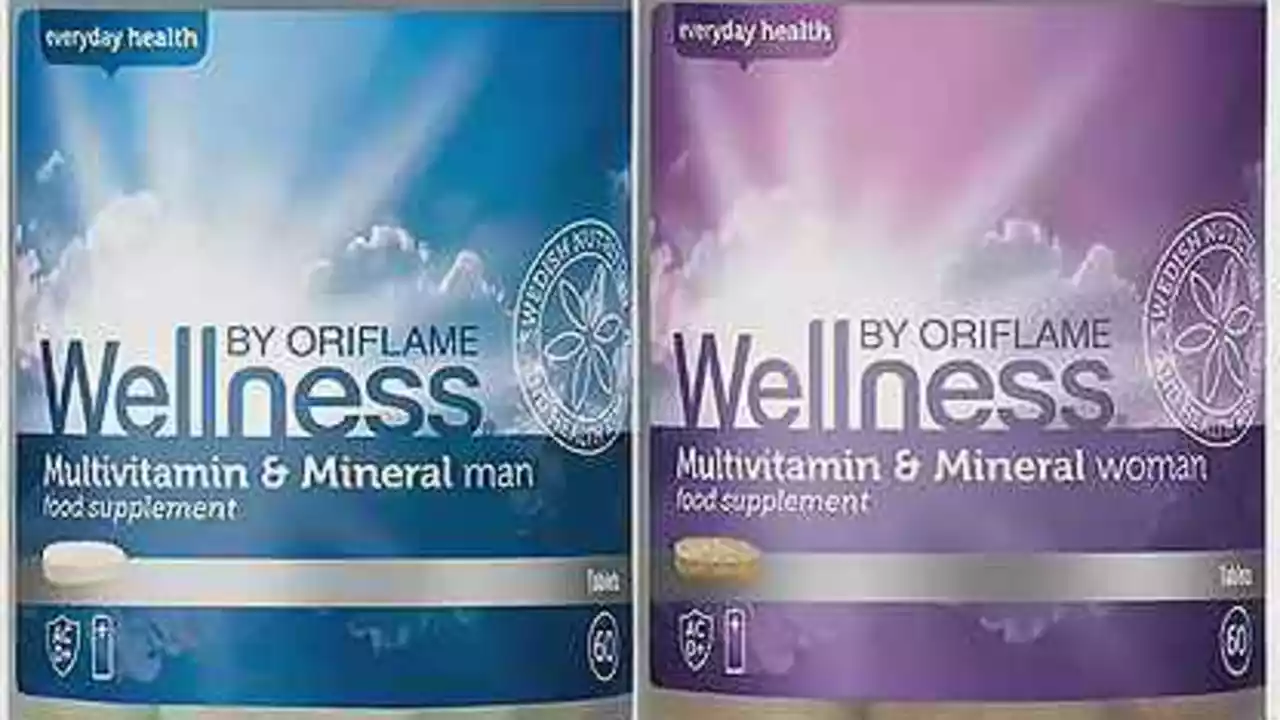Belladonna (Deadly Nightshade): What You Need to Know
Belladonna — also called deadly nightshade — is a plant with strong alkaloids: atropine, scopolamine, and hyoscyamine. These chemicals can be medicine at controlled doses and poison if taken the wrong way. Knowing the difference can save you from a serious emergency.
How belladonna is used medically
Doctors extract atropine and related drugs from belladonna chemicals. Atropine shows up in eye drops to dilate pupils, in emergency medicine to speed a very slow heart rate, and as part of treatments for certain types of poisoning. Small, measured doses have clear medical uses. But raw plant parts or unregulated products are dangerous because the amount of active chemical is unpredictable.
Signs of belladonna poisoning and what to do
Early symptoms are often dry mouth, blurred vision, and dilated pupils. As poisoning gets worse you may see a fast heart rate, flushed skin, high body temperature, confusion, hallucinations, severe agitation, urinary retention, or seizures. Children are especially at risk from even small amounts.
If you suspect poisoning, act fast. If it happened within the last hour, emergency responders or poison control might recommend activated charcoal, but only professionals can decide. In a severe case, hospitals may use physostigmine under close monitoring. For immediate help in the U.S., call 1-800-222-1222; if you’re elsewhere, contact your local emergency number or poison center. Bring the plant or product packaging if possible — it helps clinicians identify the toxin.
Don’t try home remedies for severe symptoms. Agitation or seizures need professional care; sometimes benzodiazepines are used to calm a patient while doctors treat the underlying poisoning.
Mixing belladonna alkaloids with other anticholinergic drugs (some antihistamines, tricyclic antidepressants, certain antipsychotics, and some Parkinson’s meds) raises the risk of serious effects. Tell your doctor about all medicines and supplements you take.
Some products marketed online or in herbal shops claim to contain belladonna or belladonna extracts. These are risky. Doses are rarely standardized, and contamination or mislabeling is common. If a healthcare provider prescribes an atropine-containing drug, follow their instructions and get it from a licensed pharmacy. Avoid DIY or DIY-sourced belladonna remedies.
How to stay safe around the plant: teach kids not to touch or eat wild berries, wear gloves when handling unknown plants, and remove belladonna from home gardens if you have small children or pets. If you grow medicinal plants, label them clearly and store any extracts or tinctures locked away.
Questions about belladonna and medicines are common. If you’re unsure whether a product is safe, ask a pharmacist or your doctor. Quick action and honest communication with healthcare providers make the difference between a manageable situation and a dangerous one.

